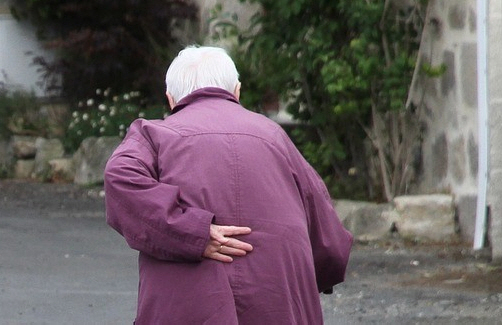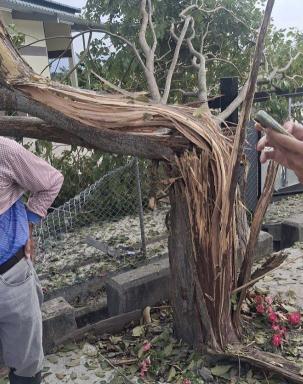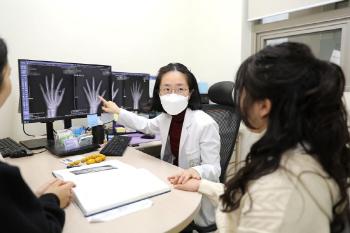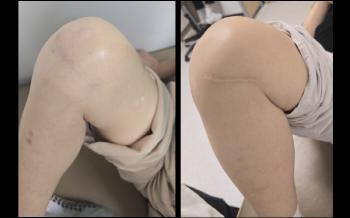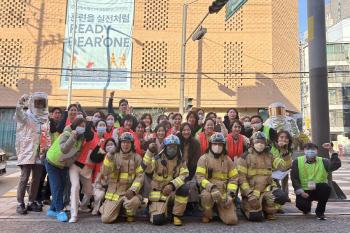Old age spondylosis with bent back, to prevent?
|
Our vertebrae are divided into cervical vertebrae (neck), thoracic vertebrae (back), lumbar vertebrae (back), and sacral vertebrae (hip bone). On the front, it is normal for the spine to extend straight in a straight line, and on the side, the cervical and lumbar vertebrae are convex forward, and the thoracic and sacral vertebrae are bent backward and then maintained.
However, if the normal curve collapses due to aging or external factors, especially if only the posterior segment of the thoracic spine is excessively increased, it is called kyphosis, and only the anterior segment of the cervical spine and lumbar spine decreases or bends conversely. Among them, the form caused by degenerative changes in the elderly is called senile kyphosis.
In the process of aging, the vertebral disk decreases in height and loses moisture, resulting in poor flexibility, putting pressure on the vertebrae, and weakening the back and standing muscles in the waist, making it difficult to maintain a posture. On top of that, long-term bent posture, crouching habits, and lack of exercise work in combination to put pressure on the structure of the spine, worsening the deformation later.
Osteoporosis, which is especially common after menopause or in old age, is prone to spinal compression fractures, which causes the spine to bend forward and deform only afterwards. In addition, spinal stenosis, which is often accompanied by old age, is also one of the important causes, and repeated bending of the waist to reduce pain can further shrink muscles and fixate only the posterior spine.
Geriatric spondylosis should not be viewed simply as a back-baking phenomenon. Pain may occur in the entire bent area or back, and it may be accompanied by symptoms of difficulty in walking due to a lack of balance or fatigue even if you walk a little.
In addition, severe spinal curvature can lead to systemic symptoms such as indigestion, loss of appetite, and shortness of breath by compressing the chest and abdominal organs, and the risk of falling can also increase, which can reduce the overall quality of daily life.
Ahn Joon-young, a neurosurgeon at Daedong Hospital's Spine Center, said "Older people with bent backs are often described as "Grandmothers with crooked backs," but senile spondylosis is a disease that cannot be seen only as a simple external change" and "We need to be careful because it can greatly affect the quality of life due to pain and poor physical functioning"
He then emphasized that early diagnosis and active management are very important because the spine bends, the balance collapses and the risk of falling increases, which can lead to secondary complications.
Geriatric spondylosis is diagnosed by comprehensively evaluating the degree of curvature of the spine, spinal compression fracture, spinal canal stenosis, and osteoporosis through X-ray, CT, MRI, and bone density tests. Depending on the patient's condition, posture correction, back strength training, drug treatment, physical therapy, and auxiliary wearing are performed first, and surgical treatment can be performed if necessary according to the judgment of the medical staff.
It is most important to maintain a proper posture to prevent senile spondylosis. Keep exercising and stretching that can strengthen your back and waist muscles, and keep an appropriate weight because being overweight puts a strain on your spine.
In addition, it is necessary to prevent osteoporosis by taking enough calcium and vitamin D, and to detect and manage degenerative changes early through regular bone density tests and spinal examinations.
|
This article was translated by Naver AI translator.
